Work memories
The craft of making clay figurines in Dong Khe has existed for more than 100 years in Kinh Bac and has become a special cultural and artistic feature here. It is not known exactly when the craft began, but according to Mr. Phung Dinh Giap, the only artisan still making clay figurines in the village, the craft has been passed down from generation to generation, as simply and naturally as "daily food and water".

Colorful clay figurines are displayed on an old bamboo tray.
Mr. Giap learned the craft from his father at the age of 8 and is the third generation in his family to follow the profession of making clay figurines. Now, at a rare age, his hands are still nimble in creating clay figurines of various lovely shapes. The figurines are not simply toys but also his spirit and life as he works.
Mr. Giap said that in the past, his village specialized in supplying clay statues to the entire Ha Bac region (present-day Bac Giang and Bac Ninh). Every full moon of the eighth lunar month, the whole village would carry clay statues together to sell at the market on the banks of the Duong River. All the colorful characters were spread out on old bamboo trays. Buyers and sellers came and went bustlingly, as if it were a festival.
In the old Mid-Autumn Festival tray, in addition to fruits and candies, the Ho village clay figurines are indispensable. The clay figurines include 5 images, each character has a different meaning but still has a special connection. "Baby holding a flower" symbolizes children and grandchildren; "Standing statue" represents the older generation; "Monk" symbolizes conscience and morality; "Dove" expresses the desire for freedom and peace and "Tortoise" symbolizes strong vitality.
Not only is it a childhood clay toy in the memories of Ho villagers, clay statues also carry traditional cultural values, artistic beauty and the soul of the homeland. Perhaps that is why for more than 60 years, artisan Phung Dinh Giap has remained passionate about his profession, meticulously carving every small line on each clay statue he creates.
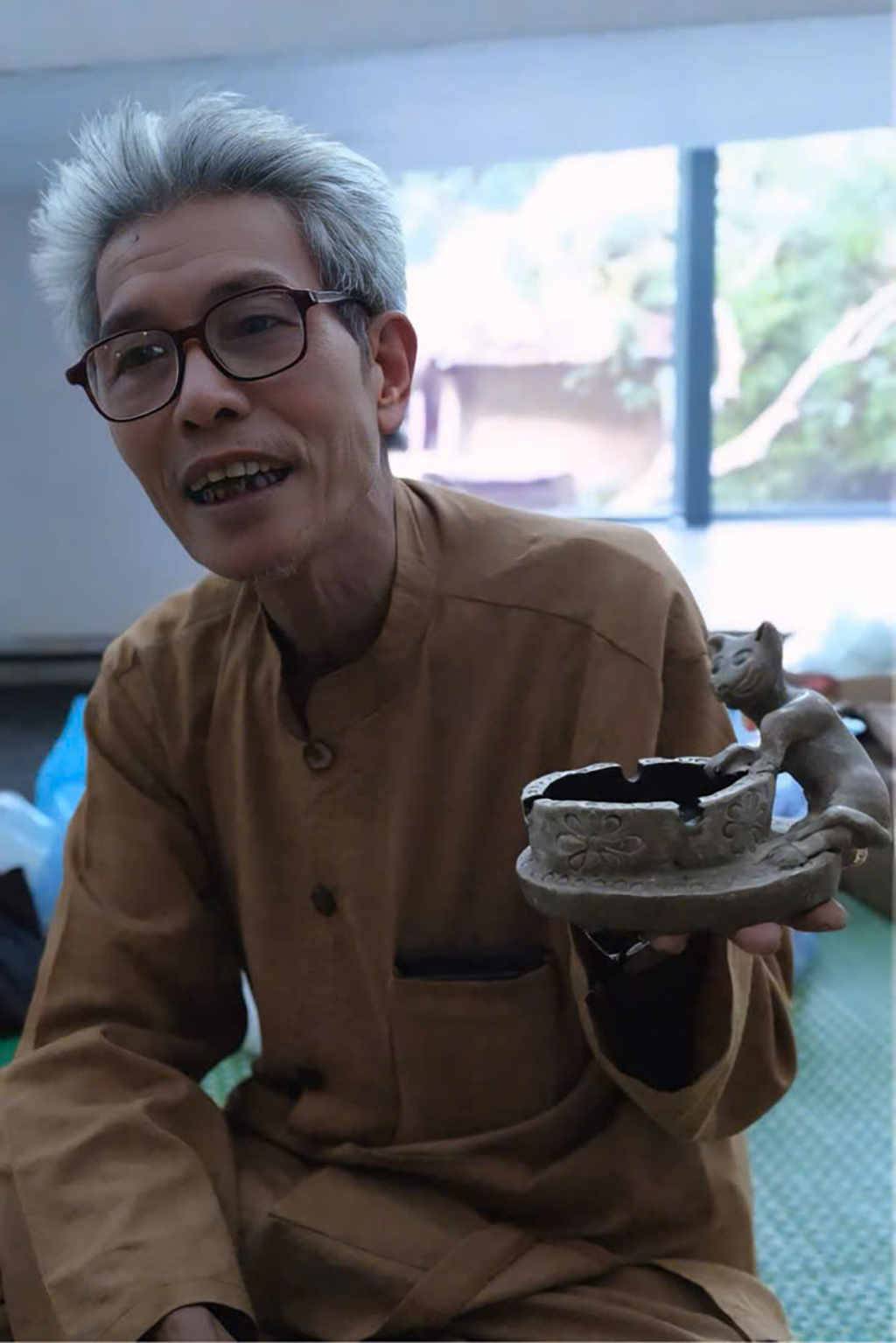
Mr. Phung Dinh Giap, the last clay statue maker of Kinh Bac region
Mr. Giap shared that to make a complete clay statue, it is necessary to complete 7 steps. As for the soil, it is mandatory to use clay, mixed in the ratio of clay and paper. The clay must be dug at a depth of about 3 m and only 20 cm - 30 cm must be taken to make the soil clean and smooth. After that, the soil is dried, put into a mortar and pounded into powder, and sifted until it turns light gray, smooth and cool to the touch.
According to Mr. Giap, raw materials are now scarce, so he has to dig clay from ponds, lotus ponds, and rice fields during the dry season. "It has to be clay because of its high adhesion, it cannot be replaced by loam," Mr. Giap explained.
Another equally important ingredient is paper pulp. In the past, Mr. Giap used ban paper or do paper from Dong Cao village, but now he can use paper margins or newspaper to save costs while still maintaining a certain roughness. The paper is soaked in water and mixed by hand with clay powder. While mixing, use a pestle to pound until the mixture is sticky, flexible, smooth, and does not stick to the hand, then it meets the requirements.
The clay mixture is then meticulously kneaded and shaped by artisans to create a beautiful softness. "Clay figurines are not beautiful because of their sophistication and intricacy, but are loved for their simple and genuine appearance," said Mr. Giap.
Unlike other toys, clay figurines do not need to be heated in a furnace but will dry in the sun, becoming sturdy and durable.
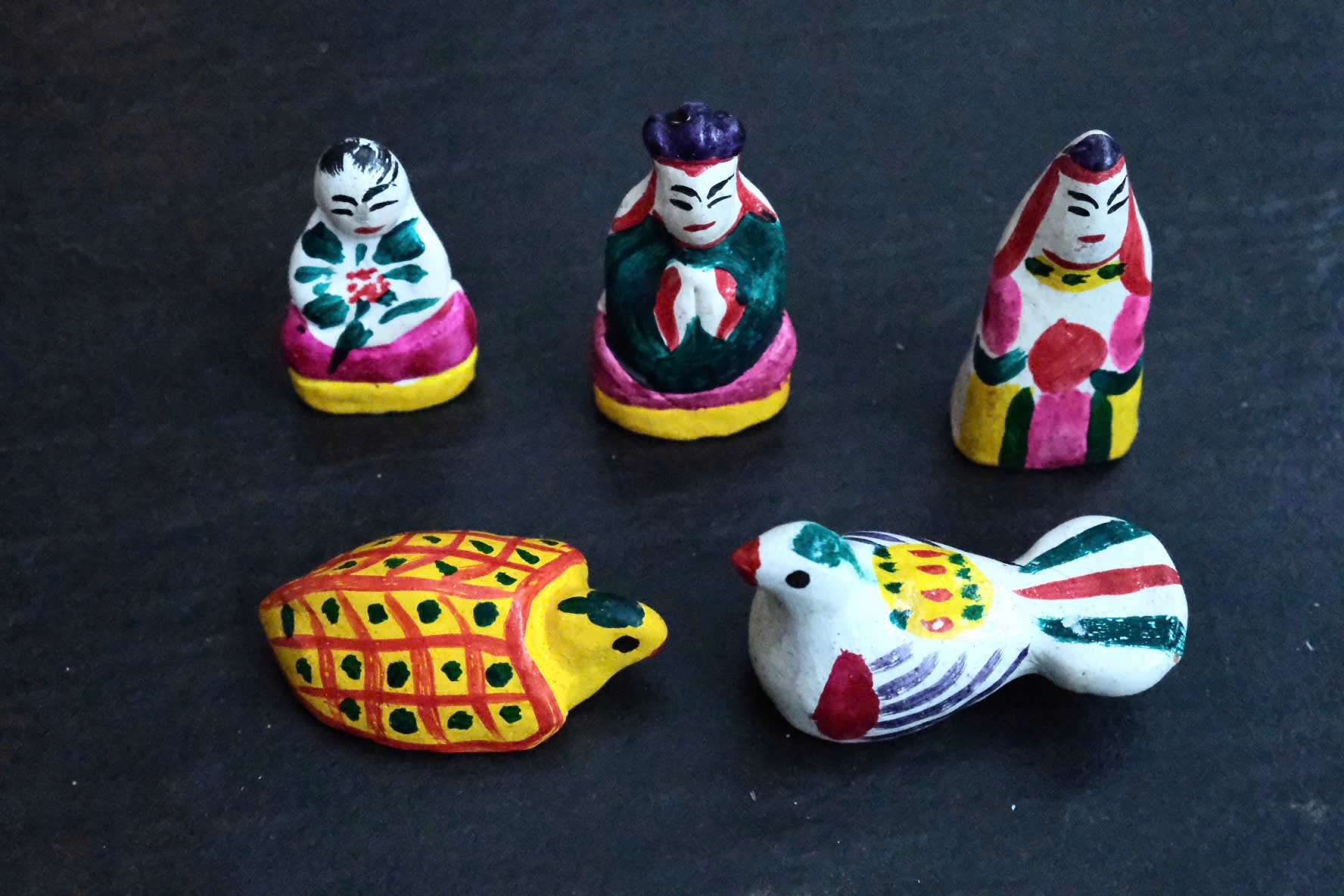
5 typical images in the traditional clay statue set
Values from traditional culture
Although modern toys attract children, clay figurines still have a special place because of their profound cultural and spiritual values. Every Mid-Autumn Festival, clay figurines and many traditional toys still attract the attention of young people, which fuels the passion for the profession of the last artisan of Ho village. He is often invited to participate in fairs and exhibitions of traditional handicraft villages in localities and major museums.
In order to have items that suit the tastes of young people, Mr. Giap is always proactive in changing and putting on "new clothes" the clay statues, so that the cultural products are more diverse and interesting. In recent years, in addition to displaying the traditional clay statues, artisan Phung Dinh Giap has also created many new art products from clay such as clay statue paintings, ashtrays, 12 zodiac animals...
Not simply a toy for children, clay figurines also carry the cultural and traditional values of the homeland. Therefore, artisan Phung Dinh Giap hopes that more people will know about the craft of making clay figurines, because these folk toys will forever be one of the precious symbols of Kinh Bac culture.
Source: https://thanhnien.vn/nghe-nhan-lam-phong-dat-cuoi-cung-o-kinh-bac-185240915200304495.htm


![[Photo] General Secretary To Lam attends the conference to review 10 years of implementing Directive No. 05 of the Politburo and evaluate the results of implementing Regulation No. 09 of the Central Public Security Party Committee.](https://vphoto.vietnam.vn/thumb/1200x675/vietnam/resource/IMAGE/2025/5/19/2f44458c655a4403acd7929dbbfa5039)
![[Photo] Panorama of the Opening Ceremony of the 43rd Nhan Dan Newspaper National Table Tennis Championship](https://vphoto.vietnam.vn/thumb/1200x675/vietnam/resource/IMAGE/2025/5/19/5e22950340b941309280448198bcf1d9)
![[Photo] Close-up of Tang Long Bridge, Thu Duc City after repairing rutting](https://vphoto.vietnam.vn/thumb/1200x675/vietnam/resource/IMAGE/2025/5/19/086736d9d11f43198f5bd8d78df9bd41)

![[Photo] President Luong Cuong presents the 40-year Party membership badge to Chief of the Office of the President Le Khanh Hai](https://vphoto.vietnam.vn/thumb/1200x675/vietnam/resource/IMAGE/2025/5/19/a22bc55dd7bf4a2ab7e3958d32282c15)

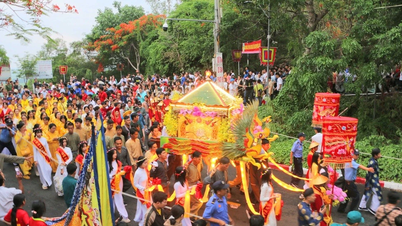



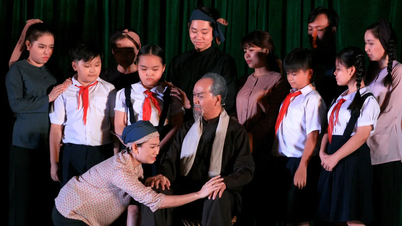



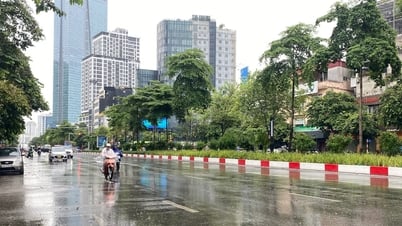
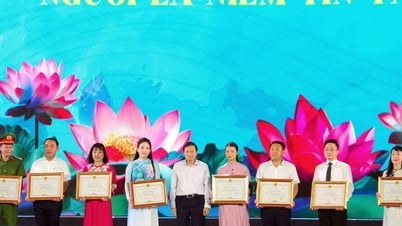






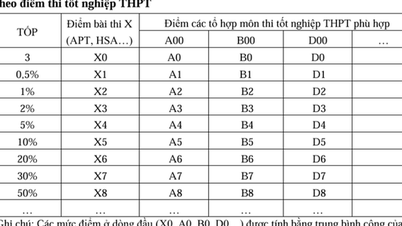


































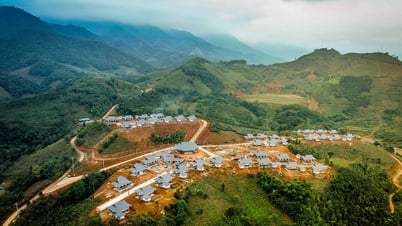











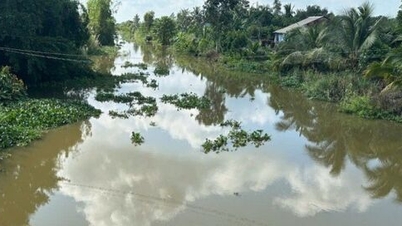





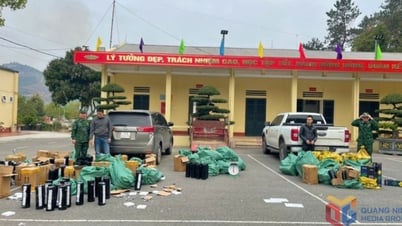

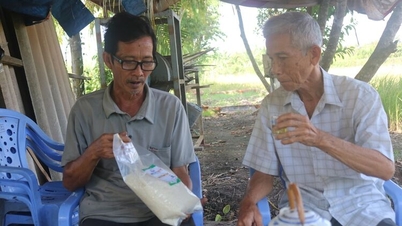








![[VIDEO] - Enhancing the value of Quang Nam OCOP products through trade connections](https://vphoto.vietnam.vn/thumb/402x226/vietnam/resource/IMAGE/2025/5/17/5be5b5fff1f14914986fad159097a677)



Comment (0)